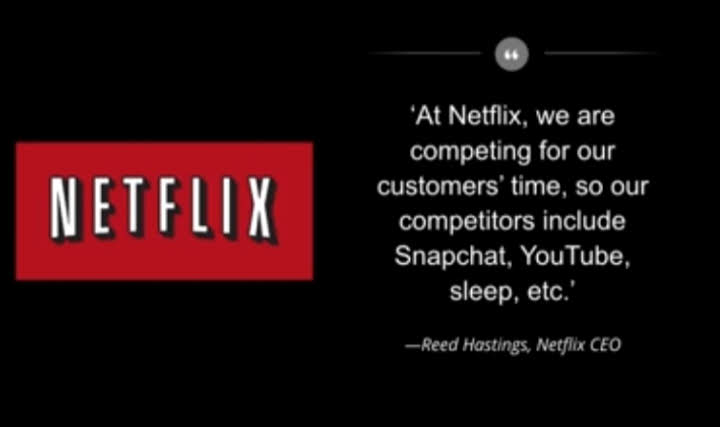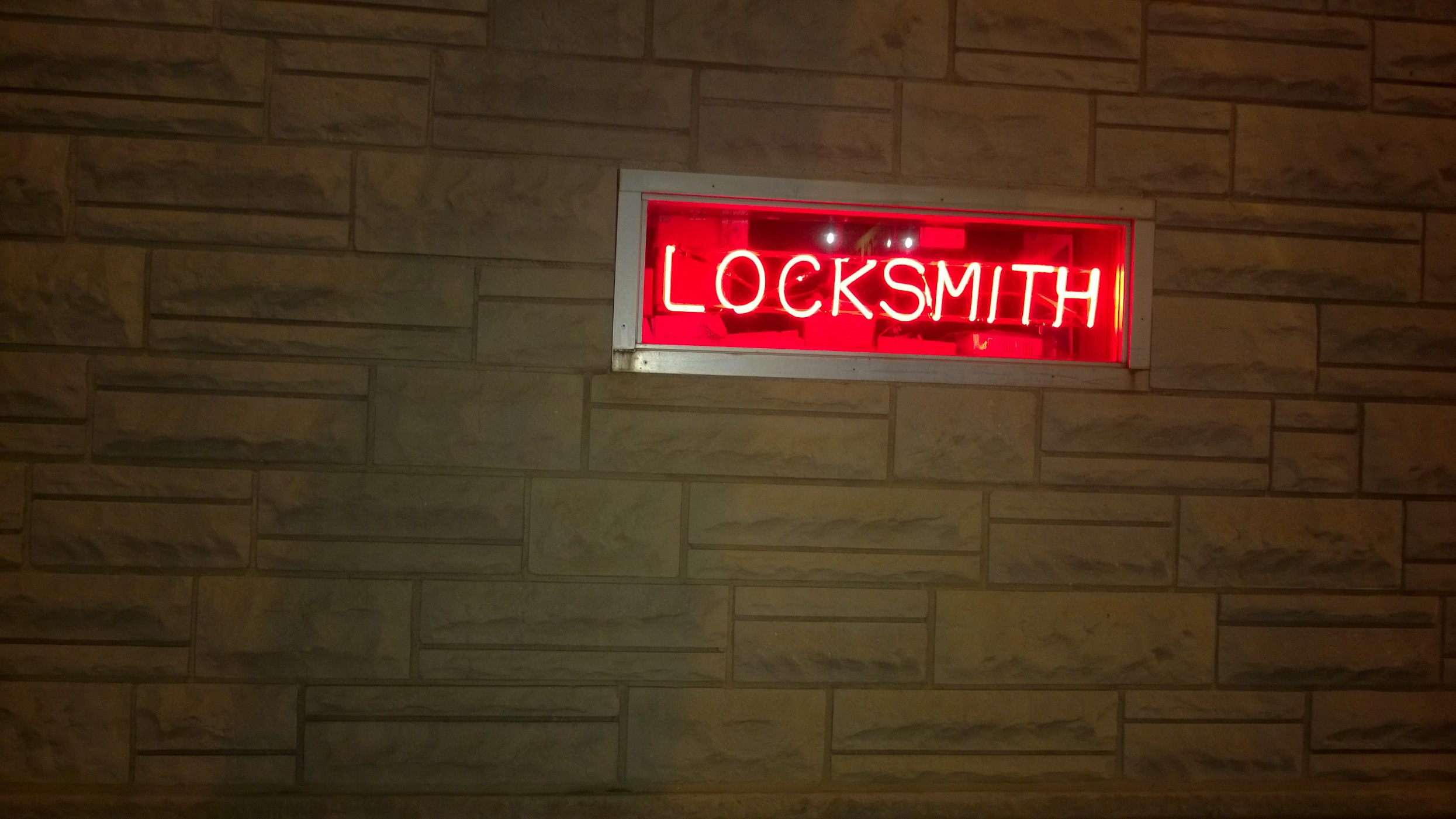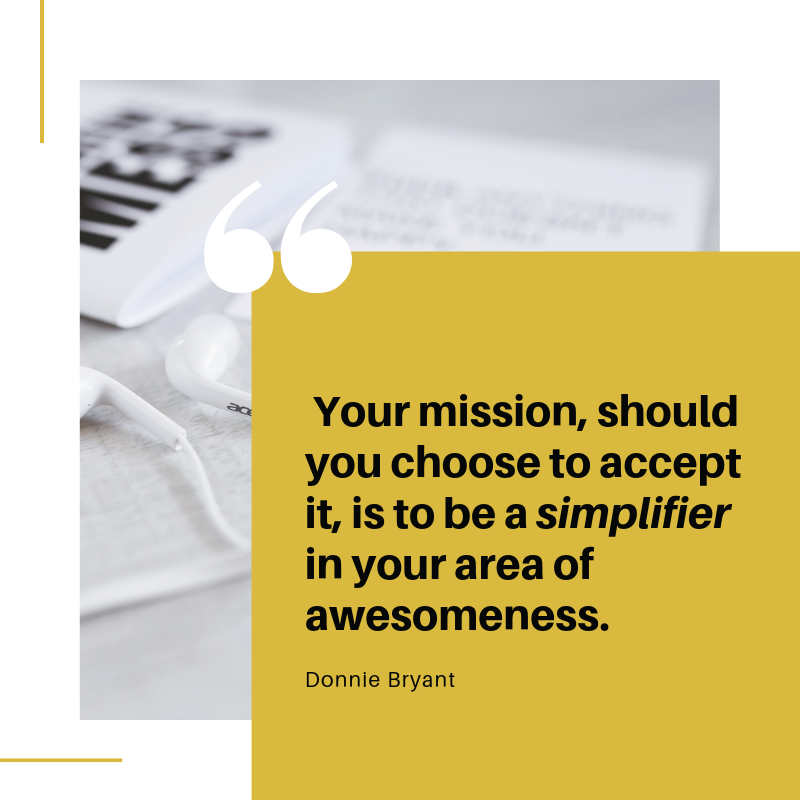As a copywriter or marketer, you should pay attention to great comedians.
They’re phenomenal communicators… creative thinkers who can expand your mind.
More importantly, they attract audiences and keep them spellbound — with little more than words.
This is a skill you can’t afford NOT to have in 2020 and beyond.
And no one does it better than your favorite comedian’s favorite comedian, Dave Chappelle.
Today I’m going to share 3 copywriting tips inspired by Chappelle’s most recent special, 8:46.
Really, I could talk about 7 or 8 helpful copy insights. There are so many gems.
If you haven’t already seen the video, you need to.
I encourage you to check it out before you continue reading the rest of this article.
It’s brilliant.
(I only wish I was as good a storyteller as Dave. It defies logic how good he is.)
I’m going to try to leave out any spoilers, just in case you decide to keep reading. I know how you are.
Alright, let’s dive in.
Copy Tip #1: Use open loops and callbacks.
At about the 2:10 mark, introduces a hot topic, then says he’s going to talk about it a little later.
This is a topic the audience KNOWS he’s can’t stay away from. Many of them are desperate to hear him address it.
But he teases it anyway. “I’ll talk about it in a minute.”
As a copywriter, open loops like these can help keep the reader/viewer strapped in and attentive.
You make him curious… then you make him wait for satisfaction.
When you do it right, he can’t close the email or stop the video until you close the loop.
And the impact of the payoff can be even stronger when you set it up this way. The anticipation and rising drama make it more satisfying when you finally reveal what you’ve been holding back.
Chappelle doesn’t wait long to close the loop in this case. You can play with the length of time you wait for your big reveal.
Copy Tip #2: Tight analogies and metaphors are persuasive uppercuts.
3:30 into the video, Dave tells a story about the first earthquake he experienced. He described the confusion and fear he felt.
Then, instead of evolving into a joke, he makes the story an analogy for the topic (in part) he teased in the beginning of the set.
The comparison adds a new perspective to the topic. A new way of looking at something you may feel you already understand.
Or maybe the analogy gives you a frame of reference to understand something you’ve never experienced.
In sales copy, you want to paint a picture that sucks the reader in. You pull them into your world by helping them mentally and emotionally experience SOMETHING related to the thing you’re selling.
Analogies and metaphors are effective ways to do that. These metaphors often take the shape of a personal story.
Your reader already has strong associations with and feelings about certain topics. You don’t necessarily have to create new associations, thoughts or feelings.
The right analogy can unleash the power of those associations and attach them to you or the product/service/idea you’re presenting.
At 10:40, Chappelle shares another analogy in the form of a story.
I can’t speak for anyone else, but I was totally transfixed for 3 minutes as he laid out the details. You don’t really know where he’s taking you, but you’re deeply invested in finding out.
(Again, this is a skill we MUST have in this new decade.)
When he finally ties the story back to the main topic… man. It’s an experience.
Different people will feel different ways about that analogy. One of those feelings is validation — and if you can make anyone feel like he’s been right all along, you’ve probably earned a friend for life.
So analogies are a very useful tool for persuasion.
Copy Tip #3: The copy isn’t about you, but you should weave yourself into the narrative.
My favorite thing about 8:46 is the way Chappelle weaves himself into this topic in various ways throughout the set.
It’s crazy.
Somehow, he links
- his birthday (24:28 into the video)
- his time of birth (at the 9:05 mark)
- his connection to Kobe Bryant (by some miracle 24 minutes in)
- a police officer that pulled him over (18:55)
- his father’s death (5:24)
- his great grandfather’s place in history (25:50)
… all into the topic he’s discussing.
It’s seamless and fascinating.
Here’s the big idea. Your sales copy isn’t supposed to be about you. It’s all about your should-be buyer.
But, the more you can smoothly tie yourself into the thing your buyer wants or needs… the more you can build up your authority in the area your buyer is interested in…
The more effective your copy can be. And the more likely you are to take ownership of real estate in your should-be buyers mind even if he doesn’t buy today.
Great copy is focused on the transformation your buyer desires to achieve.
The very best copy reveals that YOU (your product, service, idea) are inextricably linked to that transformation.
Keep that in mind next time you’re writing a sales piece.
Dave Chappelle isn’t a copywriter, but he can teach us all a thing or two about persuasive communication.
I encourage you to study him and other great comedians along with your favorite copy guru.
It’ll pay off in the long run.







